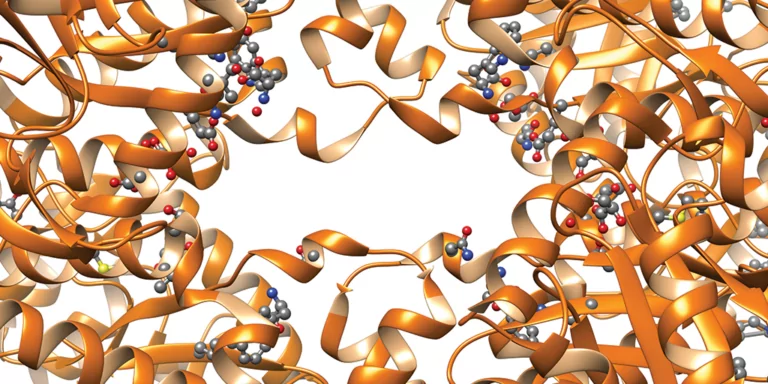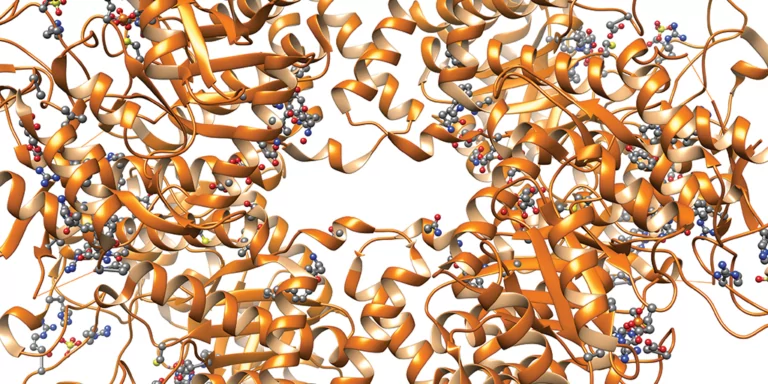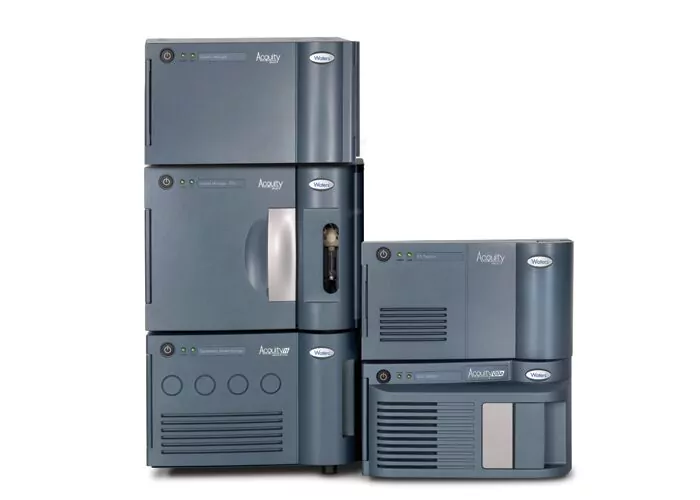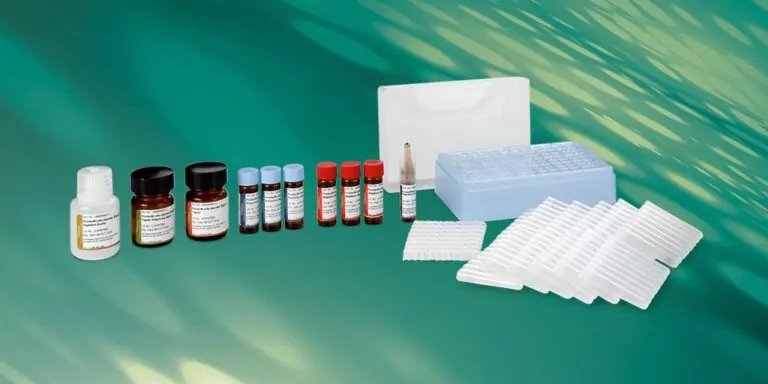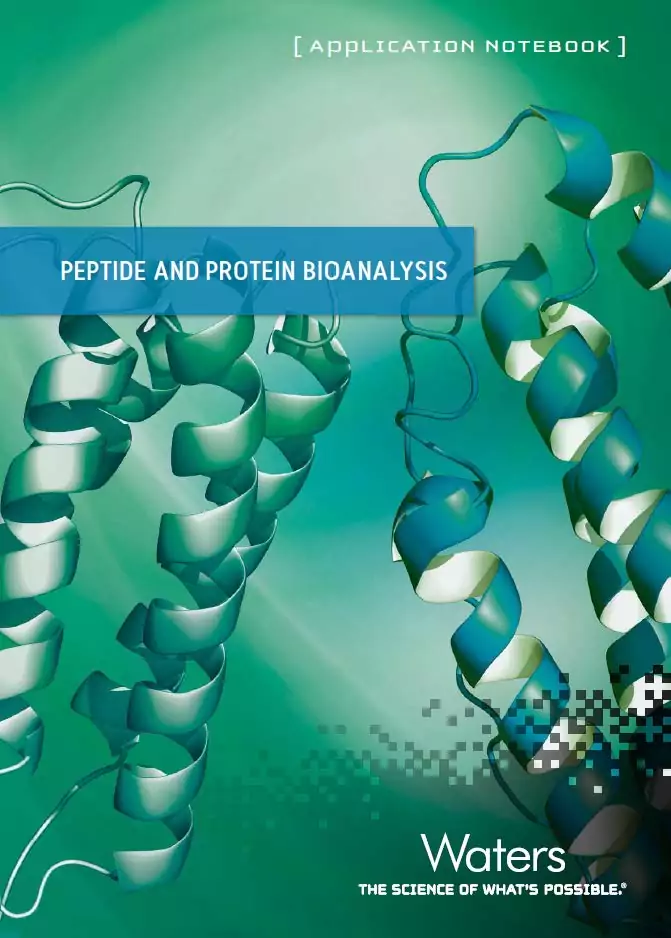Analytical Tools for Developing Biosimilars: Part 3, Glycosylation, Aggregation, and Charge Variants
In biotherapeutics, the state of glycosylation has a direct and pronounced effect of the structure, stability, serum half-life, immunogeneicity and bioactivity of the molecule, and constitutes a critical quality attribute (CQA). In our study, characterizing and comparing the glycosylation profile of infliximab began by examining the glycosylation profiles from intact and reduced subunit mass data.
